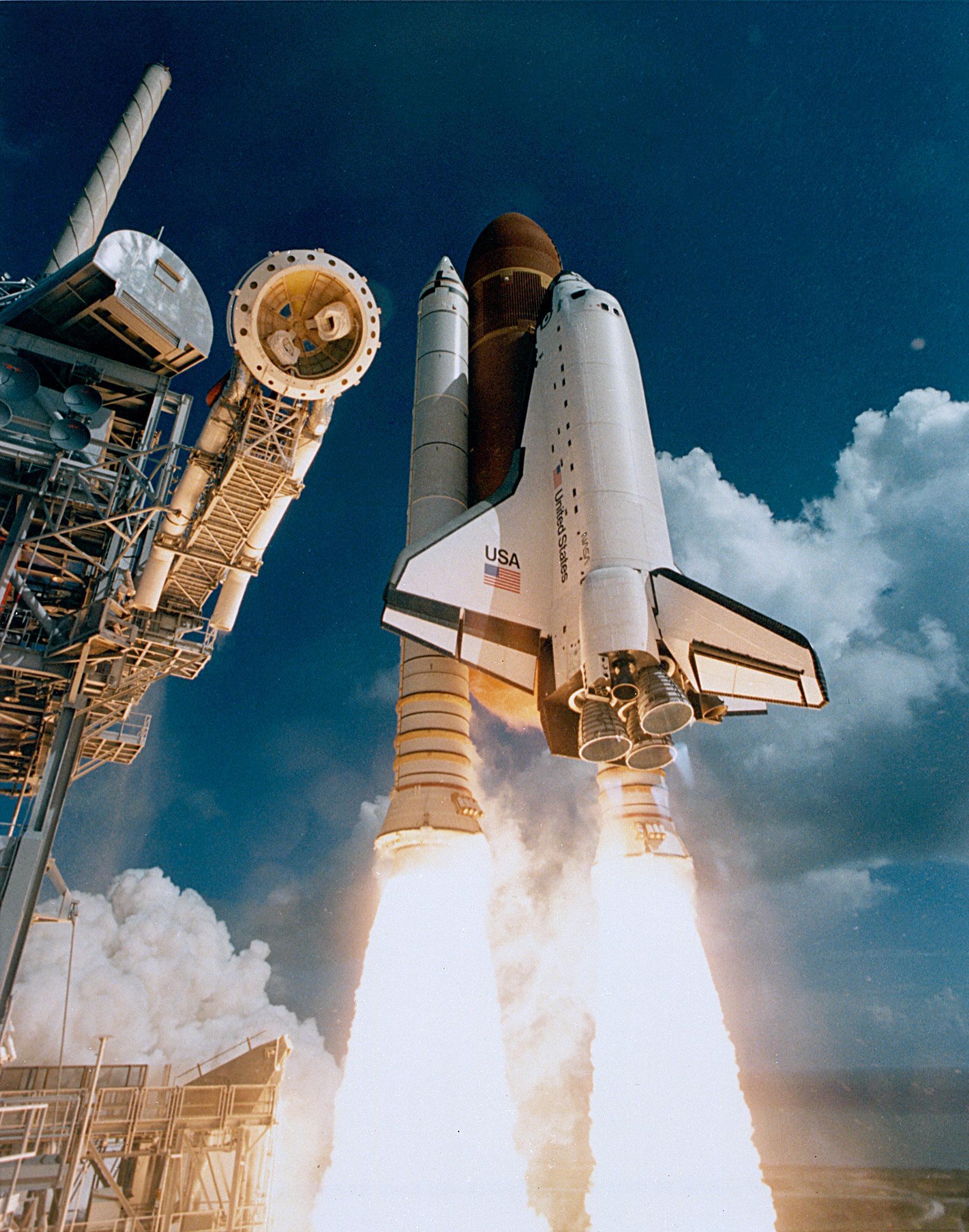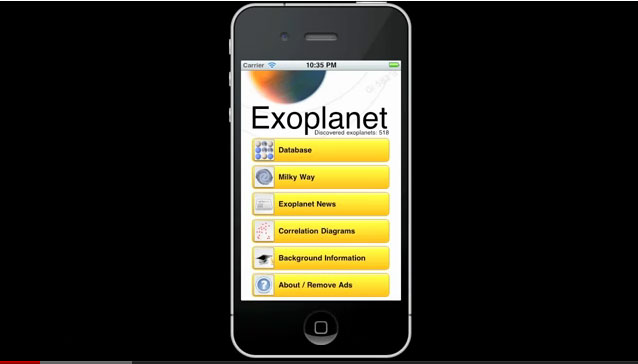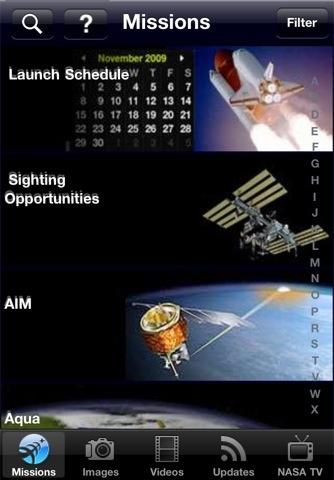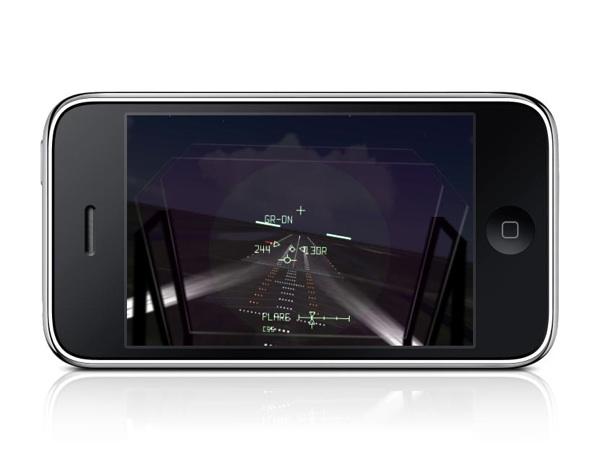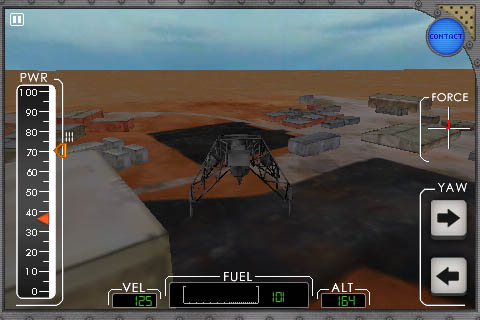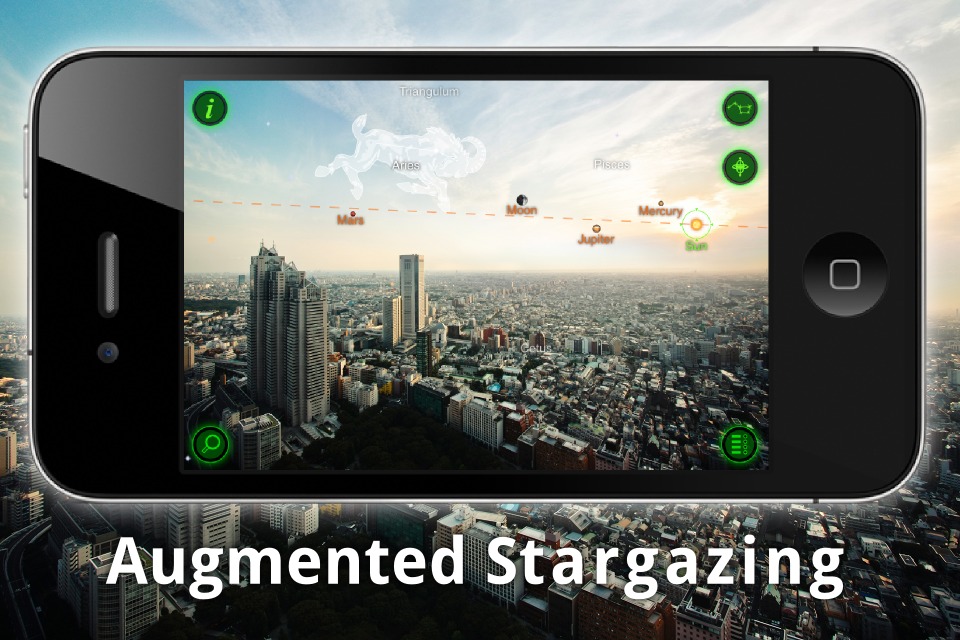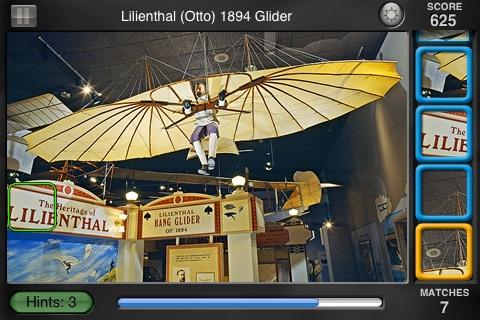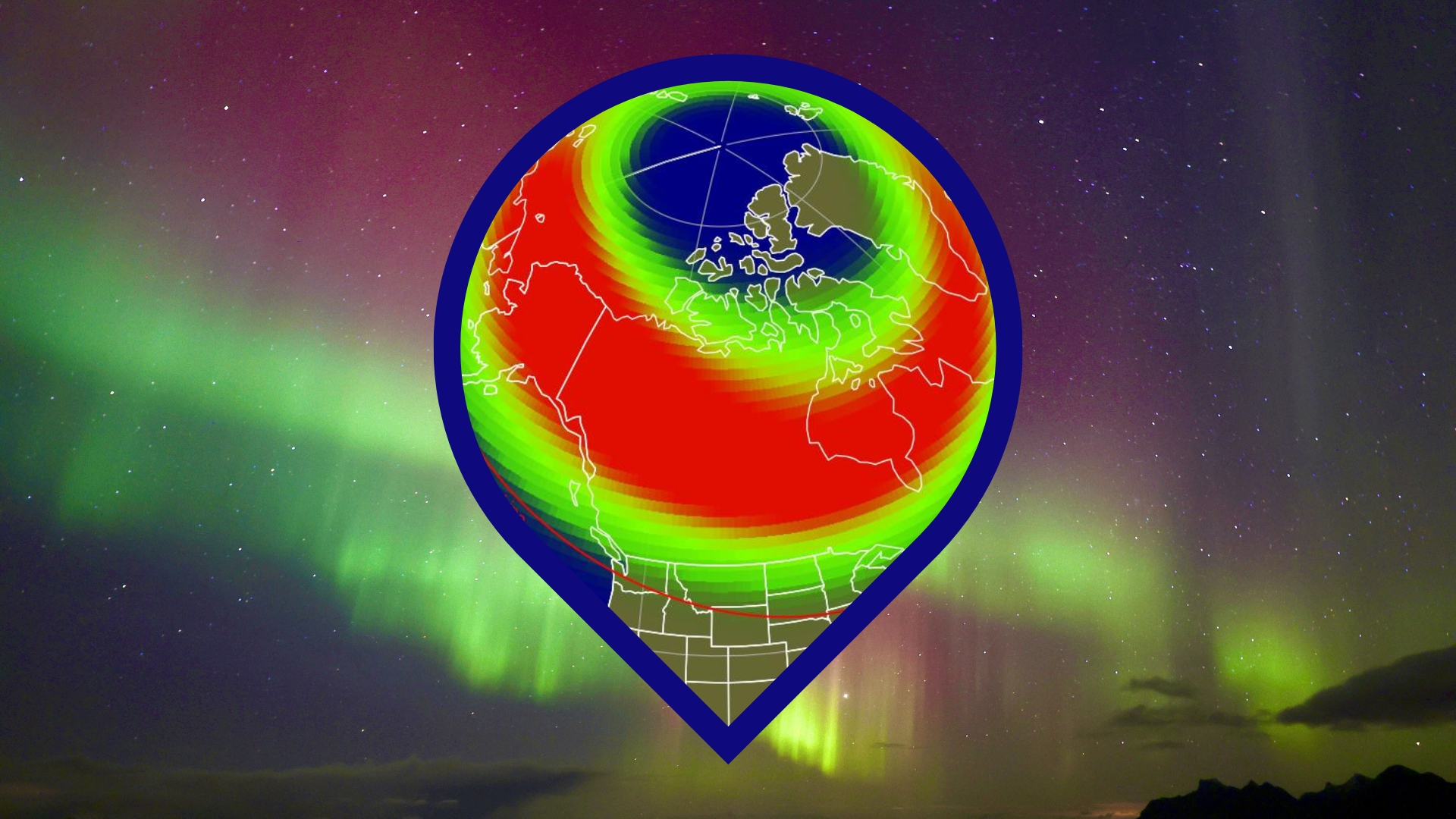7 Space Apps Take Off as Shuttle Era Ends
Introduction
The end of the space shuttle marks the end for manned spaceflight for the U.S., at least temporarily. But even as a 1970s-era technology is getting retired, the new mobile hardware in smartphones can educate, entertain and maybe even inspire a new generation of people to come up with a newer — and better — vision for humans in space. Here’s a look at some of the interesting astronomy and space-oriented apps on the market.
Exoplanet
Developer: Hanno Rein
System: iOS
Exoplanet is designed to take the user on a tour of some of the known extrasolar planets. It will even notify you when new planets are discovered.
The database is searchable, and the app includes a visual depiction of how planets are discovered. You can even “roam” in 3-D between different parts of the galaxy. If you want to know whether a planet could be habitable, the app will show where a star’s habitable zone is relative to the planet.
Finding where to look in the sky for stars that have planets is also made easier by including a star map that shows whether they are visible. (For the most part, the planets discovered aren’t around stars that can be seen with the naked eye, but you can at least see what constellation they are in).
NASA App
Developer: NASA Ames Research
System: IOS and Android
The official NASA App is a catalog of missions, an image of the day from a current or past spacecraft, as well as live-streaming from NASA’s public (web-based) television channel. It also includes orbit trackers for those that want to see where exactly certain spacecraft (including the ISS) are and if they are visible in the sky. Definitely a must for the NASA enthusiast or anyone who just wants to know what the agency is up to in real time.
F-SIM Space Shuttle
Developer: Alexander Ledinsky
System: iOS
A highly realistic simulation of the space shuttle landing that will help you appreciate just how tough the task is. The app allows the user to change wind conditions and choose which trajectory to take the shuttle in (it only includes Edwards Air Force Base and the Kennedy Space Center, so you can’t simulate a mission to land in Baikonur). The app uses the accelerometer controls in the game play and includes realistic rendering of the landscape. Perhaps it will be an inspiration to future test pilots.
Apollo 11 – The Game
Developer: Decode Entertainment Inc.
System: iOS
Another simulator that is very realistic. Each stage is a part of the real Apollo missions and certain levels can be unlocked only after completion of the game.For example, you have to retrieve the lunar excursion module (LEM) from the Saturn V rocket by docking — a tricky operation. The game also features re-entry and allows you to fly in several historic NASA vehicles such as the command module or the Eagle itself.
Like F-SIM, it also uses the accelerometers in an iPhone (or iPad) and has realistic renderings of the environment.
Starwalk
Developer: Vito Technology
System: iOS
This astronomy app makes use of augmented reality — or the overlay of digital information on top of the image captured by your camera — to show what is visible in the sky at any time. That’s one useful feature, but the app includes a lot more.
You can zoom in for information about what you are seeing, or track the positions of other planets’ moons. It also lets you know what’s visible at various times of the year. The app tracks some 8,000 orbiting satellites so you can tell whether that light in the sky is the ISS, a communications platform or a NASA mission.
PixPop™ Smithsonian National Air and Space Museum
Developer: Spinapse
System: iOS
A simple yet challenging game — you just touch one part of a picture and have to match it to the token on the side. But it is also a good introduction to much of the hardware on display at the Smithsonian Air & Space Museum and includes a worldwide scoreboard where you can test how you do against other players. There are also varying levels of difficulty, so you can adjust as your knowledge grows.
Breaking space news, the latest updates on rocket launches, skywatching events and more!
Deluxe Moon
Developer: Lifeware Solutions
System: iOS, Android, Windows Phone 7
While the app appeals to the more astrologically minded, it does have a wealth of useful information such as rising and setting and what constellation (zodiacal sign) the moon is in. It also tells you what percentage of the moon is illuminated and where along the horizon it will rise and set. Deluxe Moon also includes information on other zodiac systems besides the Western one most people are familiar with. The app also uses a smartphone’s GPS capability to adjust the lunar parameters for where you are.
Join our Space Forums to keep talking space on the latest missions, night sky and more! And if you have a news tip, correction or comment, let us know at: community@space.com.

Jesse Emspak is a freelance journalist who has contributed to several publications, including Space.com, Scientific American, New Scientist, Smithsonian.com and Undark. He focuses on physics and cool technologies but has been known to write about the odder stories of human health and science as it relates to culture. Jesse has a Master of Arts from the University of California, Berkeley School of Journalism, and a Bachelor of Arts from the University of Rochester. Jesse spent years covering finance and cut his teeth at local newspapers, working local politics and police beats. Jesse likes to stay active and holds a fourth degree black belt in Karate, which just means he now knows how much he has to learn and the importance of good teaching.

